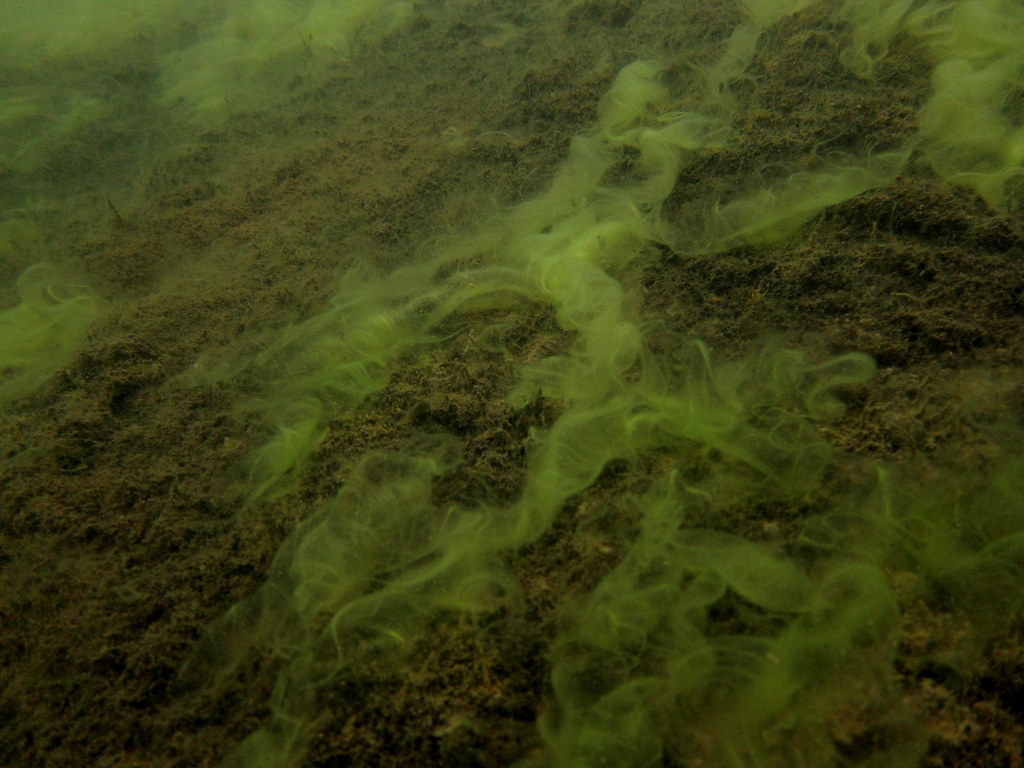

Aquarium algae are a common challenge for both beginner and experienced aquarists. While a small amount of algae can be a sign of a healthy tank, an excessive growth can make your aquarium look unsightly and harm the aquatic ecosystem. Fortunately, there are natural ways to control and remove algae, ensuring a balanced and beautiful aquarium. In this blog post, we’ll explore the types of algae, the causes of algae overgrowth, and effective natural methods to keep them under control.
What Are Aquarium Algae?
Algae are simple plant-like organisms that thrive in water environments. They come in various types, including:
- Green Algae (Chlorophyta): A common type that can form green water or grow on surfaces like glass and decorations.
- Brown Algae (Diatoms): Often found in new aquariums, forming a brownish coating on surfaces.
- Blue-Green Algae (Cyanobacteria): A slimy and smelly layer that can harm fish and plants.
- Hair Algae: Stringy and thread-like, often attaching to plants and hardscapes.
- Black Beard Algae (BBA): A stubborn and tough variety that clings to rocks and equipment.
Understanding the type of algae in your tank is the first step in addressing the problem.
Causes of Algae Overgrowth
Algae thrive in conditions where nutrients and light are abundant. Common causes include:
- Excess Light: Prolonged or intense lighting can promote algae growth.
- High Nutrient Levels: Overfeeding and insufficient cleaning lead to an accumulation of nitrates and phosphates.
- Poor Water Circulation: Stagnant water creates ideal conditions for algae.
- Imbalance in the Ecosystem: A lack of natural algae-eating organisms or live plants can tip the balance in algae’s favor.
Natural Ways to Control Aquarium Algae
Instead of relying on chemical treatments, which can harm your aquatic life, try these natural methods:
- Reduce Light Exposure
- Limit the amount of time your aquarium light is on to 6-8 hours daily.
- Use timers to maintain a consistent lighting schedule.
- Avoid placing the tank in direct sunlight.
- Introduce Algae-Eating Species
- Add fish, shrimp, or snails that naturally consume algae, such as:
- Siamese Algae Eaters
- Otocinclus Catfish
- Amano Shrimp
- Nerite Snails
- Ensure the chosen species are compatible with your tank’s size and inhabitants.
- Add fish, shrimp, or snails that naturally consume algae, such as:
- Incorporate Live Plants
- Live plants compete with algae for nutrients, reducing their growth.
- Fast-growing plants like hornwort, water wisteria, and duckweed are particularly effective.
- Perform Regular Maintenance
- Conduct weekly water changes (20-30%) to reduce nutrient buildup.
- Use a gravel vacuum to clean substrate and remove debris.
- Scrub algae off glass and decorations with an algae scraper or brush.
- Optimize Water Parameters
- Test water regularly to monitor nitrate and phosphate levels.
- Maintain appropriate parameters for your fish and plants.
- Control Feeding
- Feed your fish sparingly, ensuring no leftover food remains in the tank.
- Overfeeding is a major contributor to algae growth.
- Add a UV Sterilizer
- While not entirely natural, a UV sterilizer can help control green water algae by killing free-floating algae spores.
Preventing Algae in the Future
Prevention is key to keeping algae under control. Here are some tips:
- Quarantine new plants and decorations to avoid introducing algae into your tank.
- Maintain a stable ecosystem with balanced lighting, nutrients, and biological filtration.
- Keep an eye on algae growth and address issues promptly before they become overwhelming.
Conclusion
Algae management is an essential part of maintaining a healthy aquarium. By understanding the causes of algae growth and implementing natural control methods, you can enjoy a clean, vibrant tank that thrives without the use of harmful chemicals. Remember, a little algae is normal and even beneficial, but balance is the key to a successful aquarium.
Have you tried any of these natural methods to control algae in your tank? Share your experiences and tips in the comments below!










